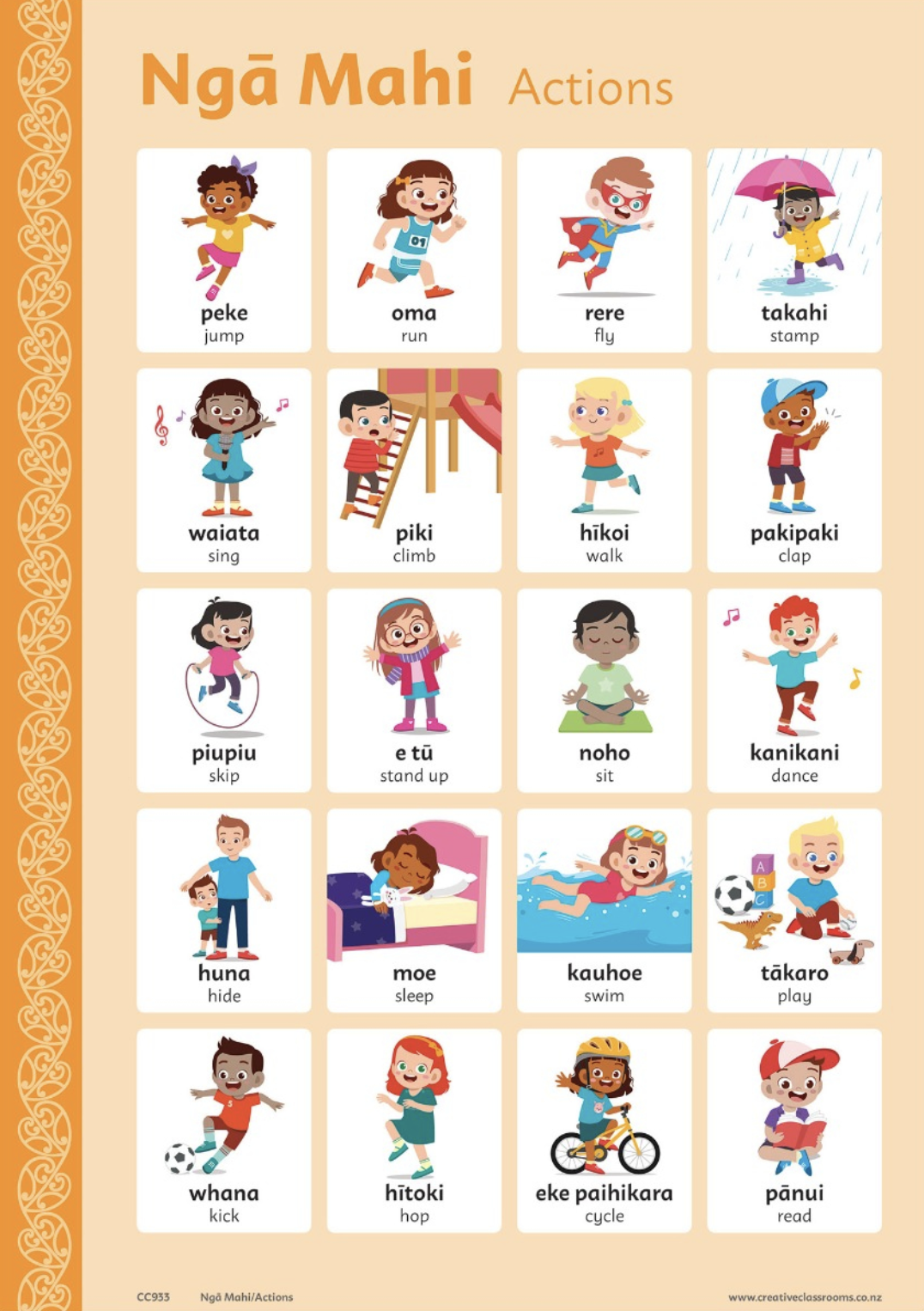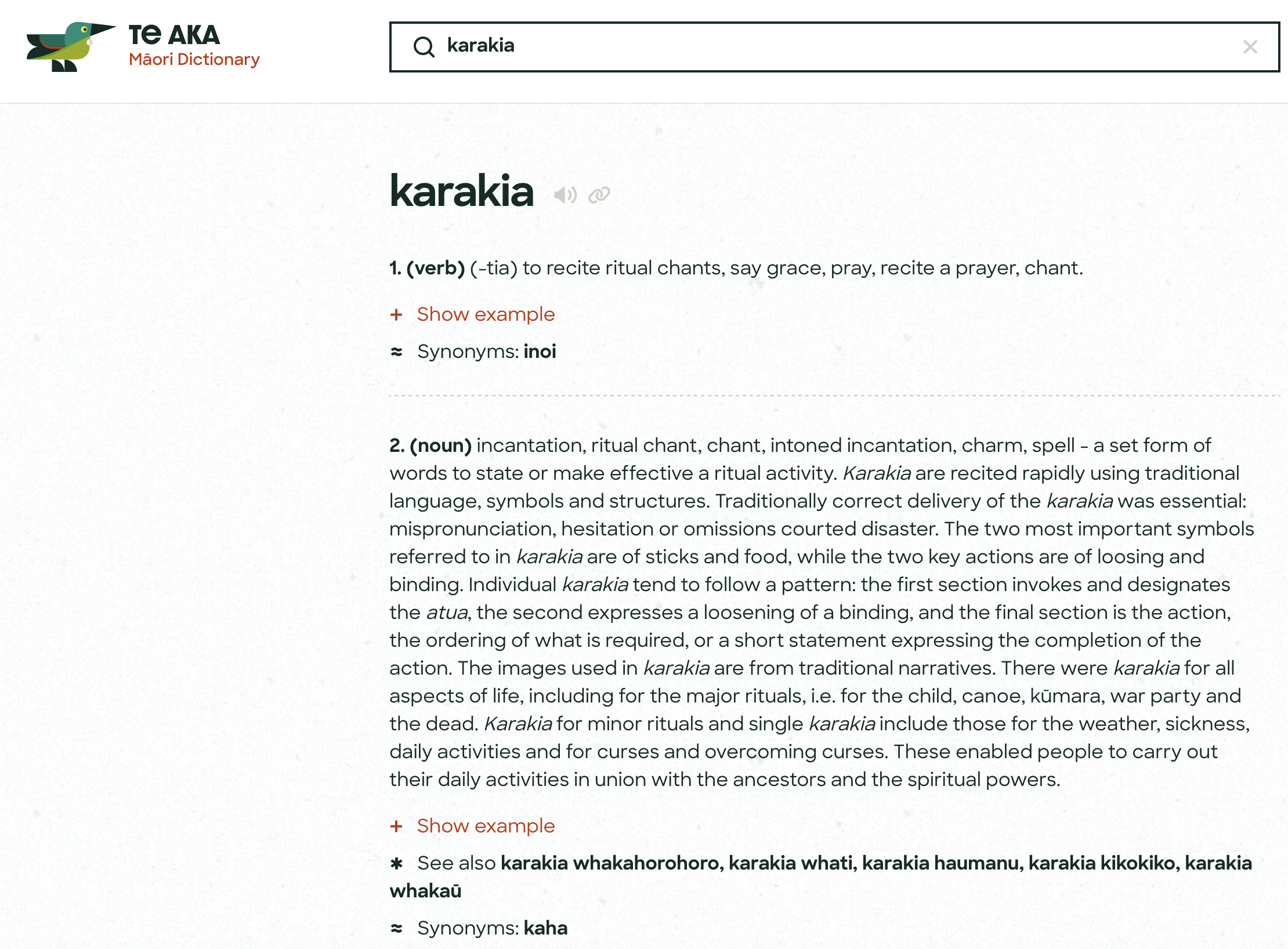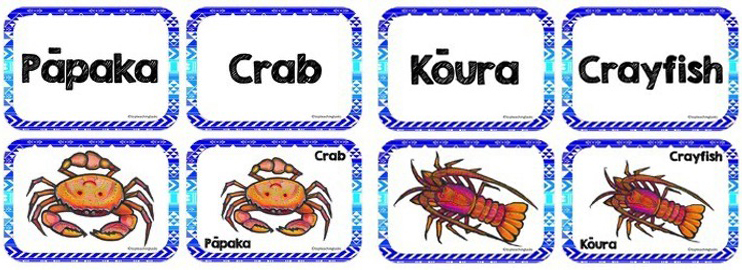![[ADD IMAGE'S ALT TEXT]](/sites/default/files/Te%20Poutahu%20Curriculum%20Centre.png)
In your previous studies you will have been introduced Te Whāriki. This is a document created by the Ministry of Education in 1996 and revised in 2017 which sets out the curriculum for early childhood education and care in Aotearoa | New Zealand. Te Whāriki is the base for all early childhood education curricula and following it is compulsory for all providers and kaiako.
A whāriki is a woven mat, and this was chosen as a metaphor for the curriculum as it contains interwoven principles and strands and is “a mat for everyone to stand on”. Also interwoven within the document is an acknowledgement of the place of te Tiriti o Waitangi | Treaty of Waitangi for our society as a whole, but more specifically for early childhood education
Activity
Watch this interactive video on the history of te Whāriki which will ask you questions as you watch. When you have watched it, use the forum discussion board to comment on what you noted in the video and respond to your classmates’ posts.
Activity
Read page 3 of the document “Te Tiriti o Waitangi | Treaty Waitangi” and think about the impact and relevance of the principles of te Tiriti o Waitangi to the provision of early childhood education and care. The importance of te Tiriti is emphasised throughout the whole te Whāriki document.
Relate the principles of te Tiriti o Waitangi | Treaty of Waitangi to an early childhood setting and explain in your own words how these can be applied in a practical sense. You should be clear about whether your activities are appropriate for infants, toddlers or young children and you should consider the points we have discussed about the place of te reo Māori and te ao Māori in Aotearoa | New Zealand. You should mention specific sections or references within te Whāriki which can be seen to relate directly to compliance with the principles of te Tiriti.
Write 200-300 words in a new document and format as an essay, complete with APA referencing. Submit to your tutor for feedback.
Toitū te kupu, toitū te mana, toitū te whenuaDame Tariana Turia
In a speech in 2012 Dame Tariana Turia used the word “toitū” and expressed it to mean “untouched, kept pure, protected” and to bring a sense of strength and empowerment and quoted the above whakataukī (proverb) (beehive.govt.nz, 2012).
The University of Otago refers to three key areas which comprise te ao Māori:
- Tikanga Māori (Māori customs)
- Te Tiriti o Waitangi | Treaty of Waitangi
- Te reo Māori (Māori language)
(Te Ao Māori | the Māori World, Māori Ki Te Whare Wānanga O Ōtākou, University of Otago, New Zealand, n.d.)
Activity
- Use your knowledge of te reo Māori, or research online what the words of the whakataukī mean in English.
- Use the sense of this whakataukī to describe what you think “te ao Māori” means.
Research different definitions and interpretations for te ao Māori, then post your thoughts on how this concept can be incorporated in kaiako practice to the discussion forum. To start with, you might find some good ideas in te Whāriki.

Whāia te iti kahurangi; me he tuohu koe, he maunga teitei.University of Otago
(Pursue that which you treasure the most; should you need to forfeit, let it only be because of an insurmountable obstacle)
Tikanga Māori describes the rules, customs and practices to keep whānau safe from physical and spiritual harm and form a set of traditions to make sure things are done in the right way. It refers to the customs, protocols, values and principles which guide the Māori way of life. Listed below are a few aspects of tikanga Māori.
Activity
Research these terms associated with tikanga Māori and explain what they are and why they are important.
- Mihi whakatau
- Pōwhiri
- Manaakitanga
- Tapu
- Wairua
Find another two tikanga Māori concepts and post them to the discussion forum, along with an explanation of what they are and why they are important.
Activity
- Find five practical ways in which knowledge of tikanga Māori is relevant to kaiako practice. Explain the protocol and how it is relevant to ECE practice in Aotearoa | New Zealand.
- Research the tikanga terms in the table below then think of at least one way each can be incorporated into ECE practice. Note your ideas and post two of them to the discussion forum.
| Tikanga | Description | What it look like | How to incorporate? |
|---|---|---|---|
| 1. Whanaungatanga | A sense of belonging. |
|
|
| 2. Manaakitanga | A measurement of people’s ability to extend aroha. |
|
|
| 3. Kotahitanga | Oneness. | Everyone doing the same thing at the same time. | |
| 4. Rangatiratanga | Self-governance. | Being in control. | |
| 5. Mohiotanga | Sharing of information. |
|
|
| 6. Maramatanga | Understanding. | Can see the relevance in learning something and how they can apply it. | |
| 7. Tuakana/Teina | Older/Younger relationships |
|
|
| 10. Wairua | Spiritual wellbeing. | A sense of wellbeing. | |
| 11. Tikanga | The placing into practice that which is correct. |
|
|
| 12. Hakari | Celebratory feast. | Sharing of kai, Whakawhanaungatanga. | |
| 13. Atuatanga | Paying respect to nga Atua. |
|
|
| 14. Mauri | It is me it is my uniqueness. | It is our life force. |
Toi to kapu – Language is permanent
Toi te mana – Prestige is permanent
Toi te whenua – Land is permanent
Bilingual Education
Studies have shown that children brought up with a bilingual education show many benefits. The US Department of Education has recognised several areas where bilingual education has a positive effect on the child’s development.
- Cognitive development
Research has shown that early bilingualism helps to sharpen children’s minds by helping them to process complex tasks and learning processes. The US Dept of Education says that children learning a second language will “have an easier time understanding maths concepts; solving work problems; developing strong thinking skills; using logic; focusing; remembering and making decisions; thinking about language and learning other languages.” (Kreps, 2019) - Social-emotional development
With Aotearoa | New Zealand being such a multi-cultural country, many whanau are already bi- or multi-lingual. Bilingualism helps children “maintain strong ties with their family, culture and community” (Kreps, 2019) - Learning
According the to the US Dept of Education, the ability to switch languages helps develop flexible ways to solve problems. It helps children filter the important information from the irrelevant. (Kreps, 2019) - Long-term Success
Into adulthood, bilingualism has been shown to help in other ways, for example learning a second language helps cognitive function, improves attention and concentration into adulthood and can even improve brain function in people with Alzheimer’s. (Tracy Trautner, Michigan State University Extension, 2021)
Incorporating te reo Māori into early childhood education
Te Whāriki details the responsibilities of kaiako, recognising that they are “the key resource in any ECE service…their primary responsibility is to facilitate children’s learning through thoughtful and intentional pedagogy” (Te Whāriki p59).
Watch
Tikanga Māori in the Classroom?
In this clip, a teacher emphasises the importance of having strong leadership within the school, as well as community engagement, in order for Māori language teaching and learning to be successful.
Expected Duration: 4:21 minutes
Video URL: https://hereoora.tki.org.nz/Videos/How-to-plan-for-te-reo-Maori/Tikanga-Maori-in-the-classroom
Activity
- Read “Responsibilities of the kaiako” on page 59 of te Whāriki. Identify the specific responsibilities listed which relate to incorporating te reo Māori and tikanga Māori into early childhood education. How many do you think relate to this issue? Explain in your own words what te Whāriki says about a kaiako’s responsibility to incorporate te reo Māori and tikanga Māori into their practice.
- Plan one activity which supports te reo Māori or tikanga Māori in an early childhood setting for each of infants, toddlers and young children and design a poster to illustrate it. For example, you could create a poster for days of the week or parts of the human body using te reo Māori similar to this one:


Whakataka te hau
| Whakataka te hau ki te uru Whakataka te hau ki te tonga Kia makinakina ki uta Kia mataratara ki tai E hi ake ana te atakura He tio, he huka, he hau hu Thei mauri ora! |
Cease the winds from the west Cease the winds from the south Let the breeze flow over the land Let the breeze flow over the ocean Let the red-tipped dawn come with a sharpened air A touch of frost And a promise of a glorious day! |

Music is a great way for children to learn about the world around them. It helps the intellectual, imaginative, emotional, social and cultural growth of tamariki and helps to develop their listening skills, concentration, co-operation, communication and memory. It is a valuable creative pursuit for tamariki in early childhood education (Ministry of Education, n.d.). As well as being a fun way for children to be creative, music plays an important role in helping them to understand their own culture as well as other cultures. Because words and phrases are often repeated several time in songs and waiata, learning of new words and vocabulary is reinforced.
Activity
- Click this link to download and read a Ministry of Education document about the importance of incorporating music into ECE practice.
- Choose a waiata which you will perform and record as part of your assessment 01A1.
- A good place to start is with this online resource at the Ministry of Education website, which has downloadable mp3s of waiata being sung, as well as word sheets.
- Another source of waiata is here, on the University of Otago website.
- Listen to the waiata being performed, then practise and rehearse your own take on it. When you are comfortable with the words and the tune, video yourself performing it as if you were leading a group of children to learn it.
Tutira Mai Tutira mai nga iwi,
tatou tatou e
Tutira mai nga iwi,
Tatou tatou e
Whai-a te marama-tanga,
me te aroha- e nga iwi!
Ki-a ko tapa tahi,
Ki-a ko-tahi ra
Tatou tatou eLine up together, people
All of us, all of us.
Stand in rows, people
All of us, all of us.
Seek after knowledge
and love of others - everybody!
Call ourselves one people,
And stay united,
All of us, all of us.(A Waiata That Tells of “love of Others - Everybody”., n.d.)
Te reo Māori can be incorporated into your ECE practice in many ways, including waiata. Introducing basic greetings and phrases, classroom labels and signs, posters etc. are also good ways to familiarise children with the language. Embracing te reo Māori in early childhood education fosters a sense of belonging and identity among Māori children, and also promotes cultural understanding and appreciation among children from other cultural backgrounds.
Reading
Bicultural perspectives and teaching tamariki te reo Māori
A description of how Waverley Kindergarten focuses on bilingual perspectives to teach the taonga of te reo Māori.
Expected Duration: 15 minutes
Questions
Pre Read Question: Read through the set of questions you will be answering after you have read this article so you can make notes as you read.
Post Read Task: Answer these questions from this article. Use your paraphrasing and summarising skills to write approximately 200 words to convey the meaning of the article and include APA referencing to the source material.
- Why and how did Waverley Kindergarten integrate te reo Māori into their daily routine?
- How did they involve parents and whānau in learning te reo?
Post your responses to the Discussion Forum, then read and respond to at least two other submissions from your classmates.
Activity
Create a digital resources (posters, illustrations, flash cards, word cutouts etc.) around the theme of “Moana” (or another appropriate theme of your choice) to integrate at least five relevant te reo Māori words. An example is shown below:


You’ve reached the end of this topic. Let’s go over the key points:
- Te Whāriki is the curriculum for early childhood education in Aotearoa | New Zealand which must be followed by kaiako and ECE providers.
- Te Tiriti o Waitangi | Treaty of Waitangi is emphasised throughout te Whāriki.
- The principles and articles of te Tiriti o Waitangi | Treaty of Waitangi are relevant to ECE practice and emphasise the importance of including te ao Māori, te reo Māori and tikanga Māori.
- Te reo Māori and bilingual education has benefits for the cognitive, emotional and learning development of tamariki.
- Waiata and music are good, fun ways for children to learn about the world around them and supports their development.
